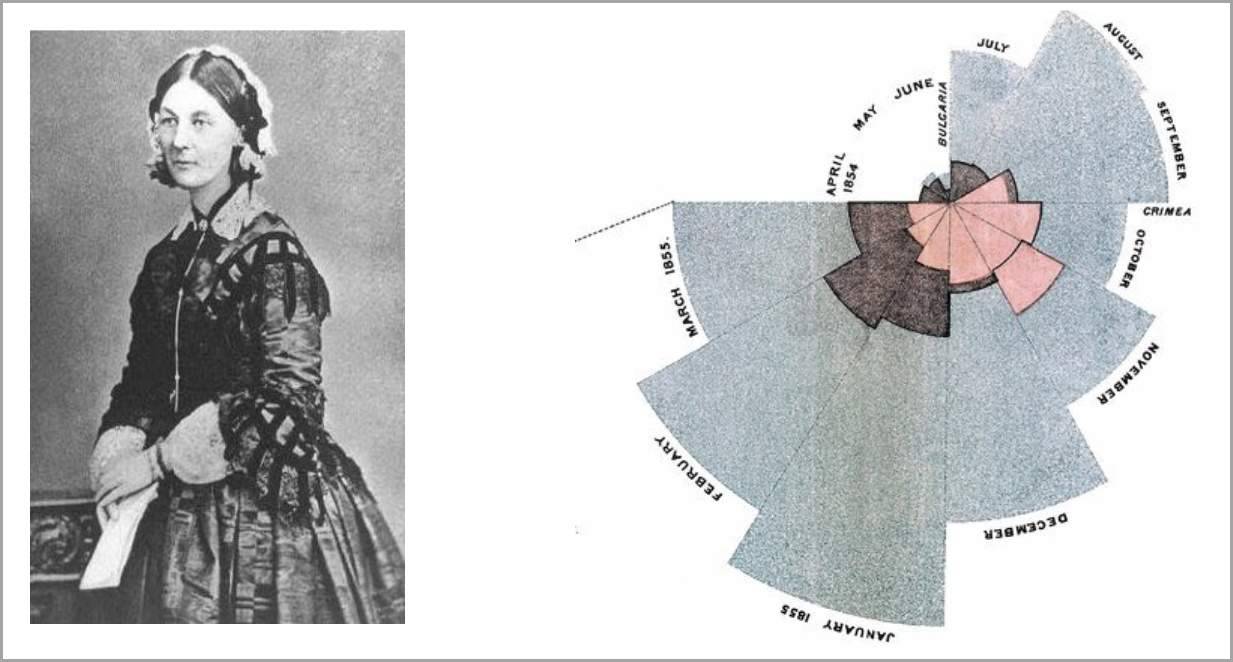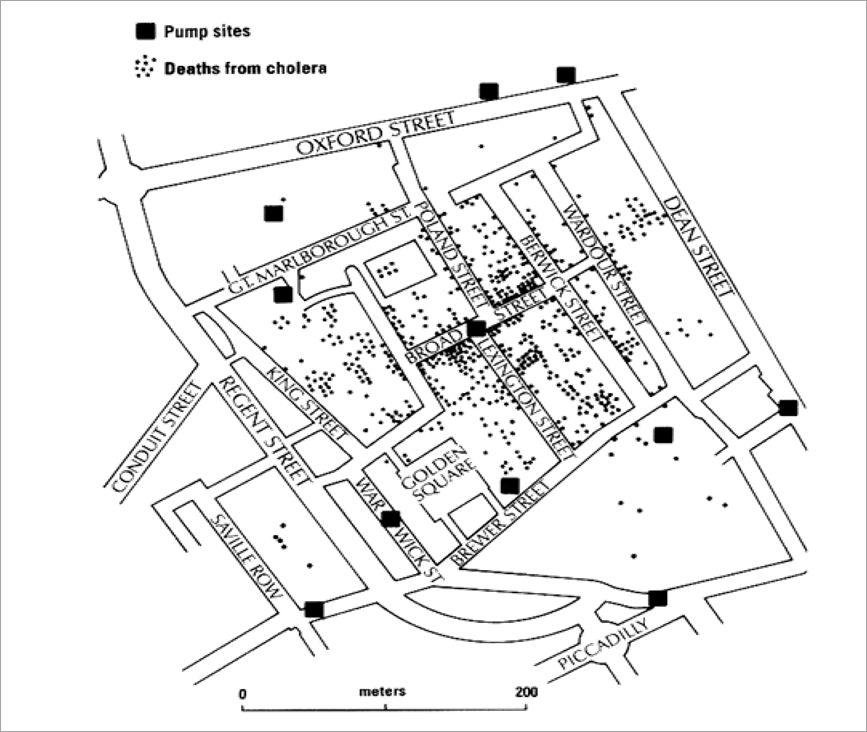Explore Data by Asking Good Questions
Learning Objectives
After completing this unit, you’ll be able to:
- Ask good questions.
- Identify aptitudes and attitudes for working effectively with data.
Introduction
Every day there are millions of opportunities to improve people's lives by making better use of data. Are you interested in disease research, education patterns, industrial efficiency, patient care, or government spending? The opportunities are endless.
To begin making better use of data, consider this essential part of data literacy: exploration. The key to successful data exploration is asking good questions. For example, if you love dogs and care about health, an initial question to ask is: Is owning a dog good for one's health?
Now, compare that question to this one: How do dog owners and non–dog owners compare in health outcomes among people with chronic illnesses in the United States?
The first question is broad; there’s no clear criteria for what counts as good for one’s health. The second question is much more specific. It uses clearly defined terms and narrows its focus to a specific population. It’s easier to explore data that answers the second question.
Asking Why
When you begin to explore the answer to any question, you often find yourself asking follow-up questions. Usually it’s not enough to stop after answering your original question. In our example, if health outcomes among people with chronic illnesses in the United States vary with dog ownership, the next question to ask is, “Why?”
The 5 Whys technique, developed by Toyota Motors founder Sakichi Toyoda, proposes asking why? of a problem that’s been identified, and then continuing to ask why for each answer or explanation given. Although the primary goal of the technique is to determine the root cause of a defect, we can use this technique to dig into the causes of any outcome.
The prominent information technologist Stephen Few identified a list of traits that help people to work effectively with data, traits that he calls aptitudes and attitudes. These traits also help you to ask better questions.
Aptitudes and Attitudes That Inspire Good Questions
As you read through these aptitudes and attitudes, adapted with permission from Stephen Few’s book, Now You See It: An Introduction to Visual Data Sensemaking, reflect on your own experience. Which of these traits do you have? Which of these traits would you like to develop? How do your current traits help you to ask good questions? How might acquiring new traits help you to develop further in asking good questions?
The Value of Good Questions: Examples
Florence Nightingale and John Snow displayed many of the traits listed above, and they asked good questions to help solve problems. As you read about each of them, think about the aptitudes and attitudes they displayed in their work.
For example, they both displayed interest and curiosity. Nightingale had data analysis skills and Snow spotted patterns. Can you think of other examples of how Florence Nightingale and John Snow showed effective data analysis aptitudes and attitudes?
Florence Nightingale
In 1854, Florence Nightingale led a team of 38 nurses to care for soldiers who were hospitalized during the Crimean war. Why were so many soldiers dying, and how could deaths be prevented?
She discovered that preventable diseases caused by unsanitary healthcare conditions, not war injuries, were the main cause of death for these soldiers. She began making healthcare reforms, which dramatically decreased the deaths, and she documented 2 years’ worth of results.
Afterward, she used graphics, such as a polar area diagram (example below), to show the need for widespread healthcare reform to a nonscientific audience. In her diagram, each wedge represents a month, and the area of the wedge shows the number of soldiers who died that month. Different colors represent different causes of death.

The story and images here were adapted from the Florence Nightingale page on the UK Science Museum’s website: Florence Nightingale’s Work.
John Snow
Cholera is an acute intestinal disease that caused many deaths during an epidemic in London between 1831 to 1832 and again from 1848 to 1849. At the time, many people believed that cholera was caused by bad air, arising from decayed organic matter. They believed the disease could be eradicated through preventive measures, such as scouring, so they didn’t follow the purer scientific approach of microbiology. The British physician, John Snow, questioned this bad air, or Miasma, theory.
What if cholera was caused by a germ? Snow held that cholera was caused by a germ cell, not yet identified. He reasoned that the germ was spreading through drinking water. To test his idea (that cholera was contracted through contact with germs in water rather than bad air), Snow received data on London deaths attributed to cholera from the Registrar-General.
Snow plotted the deaths on a map of the city and then plotted the locations of the water pumps that supplied water to the city. He eventually determined that the victims of the cholera deaths he mapped had consumed water from the Broad Street pump.
 The story of John Snow is a significant example of solving a health problem through statistical methods without knowledge of the underlying biological cause. He didn’t know what the specific biological properties of the cholera germ were, but he still discovered the source of the problem.
The story of John Snow is a significant example of solving a health problem through statistical methods without knowledge of the underlying biological cause. He didn’t know what the specific biological properties of the cholera germ were, but he still discovered the source of the problem.
The story and images here were adapted from the John Snow page on the UCLA Department of Epidemiology’s website: John Snow’s work.
Resources
- Tableau blog: Find hidden insights in your data: Ask why and why again
- Book: Few, S. (2021). Now You See It: An Introduction to Visual Data Sensemaking (2nd ed). Analytics Press, 29-32.
- Website: Florence Nightingale: The Pioneer Statistician
- Website: Father of Modern Epidemiology
You now understand the relationship between good questions and data exploration. To work effectively with data, focus on the aptitudes and attitudes that help you ask good questions.